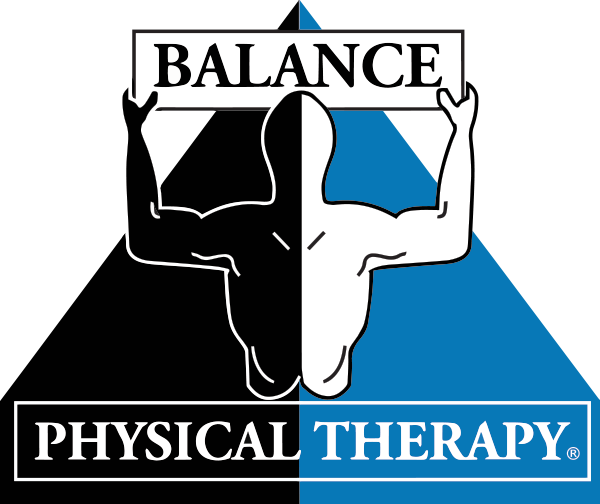By Dr. Alexis M. Reinbolt, PT, DPT, CSCS
“I want to be more active, but my feet hurt too much!” is a very common complaint we hear at Balance PT. Foot pain is complex and often interrupts a patient’s daily life by limiting their tolerance for being on their feet at their jobs, while exercising, or when participating in recreational and leisure activities. Plantar fasciitis may be to blame for some patient’s foot pain. However, many people may not understand what plantar fasciitis is, why they have it, and how to fix it.
What is plantar fasciitis?
The plantar fascia is a very thick, strong band of fibers that stretches from the back of the heel to the underside of the foot at the first knuckle of each toe. The plantar fascia works as a shock absorber when the foot lands on a surface while walking, running or jumping. It also works to support the arch of the foot. Plantar fasciitis is an irritation of this structure. This irritation causes pain that usually starts around the heel, but can stretch in to the rest of the foot as well. Someone with plantar fasciitis may have a variety of symptoms, including:
- Limping
- Pain with running, walking or standing for a long amount of time
- Pain that gets worse when not wearing shoes
- Pain with walking up a hill or upstairs
- Pain that is worse first thing in the morning or after sitting for a long amount of time
- Loss of ankle motion and feelings of tightness in the calf
Why am I having these symptoms?
Plantar fasciitis can be caused for a variety of reasons. A physical therapist will do a thorough evaluation to ensure that your symptoms are truly from plantar fasciitis, as foot pain can sometimes be symptom of an issue at the knees, hips or even the back. Some common factors that may increase a person’s chance of having plantar fasciitis include:
- Spending a lot of time on their feet at work or for recreational activities
- Recently changing their activity level (i.e. a 5k runner training to run a marathon over a short amount of time)
- Needing to lose some weight
- Poor shoe fit or not wearing shoes
- Recent injury at the foot, ankle or knee
What can I do to feel better?
People with foot pain may benefit from more supportive shoes or orthotic inserts to support their arch. When starting a new exercise program, especially with running or walking, gradually increase the activity. Grading an exercise program is highly individual and what works for one person may not work for another, but a good rule of thumb is starting with 10-15 minutes, then adding 2-3 minutes each time as long as you don’t have symptoms. Gentle stretching, strengthening, and ice to decrease inflammation can help with symptoms. A physical therapist can assist with designing a graded exercise program, but here are some exercises that people with plantar fasciitis may find helpful.
- Plantar fascia stretch
- While sitting in a chair, lift one foot on to your opposite knee. Grasp your toes and gently stretch the plantar fascia by moving the toes towards the back of the foot. You should feel a stretch on the underside of your foot. Stretch for 30 seconds.
- Calf Stretch
- Place one foot in front of the other, place hands on wall and bend forward knee and keep back heel on the ground and back knee stretch until you feel a stretch in the top of your calf; hold for 30-60 seconds. Bend back knee and keep heel on the ground until you feel a stretch lower in your calf; hold for 30-60 seconds.
- Calf raises
- Put your hands lightly on a counter for balance. Lift your heels off the ground with moving your heels towards or away from each other, then lower back to the ground. Complete this movement for 10-15 repetitions.
- Ice massage
- Place a frozen water bottle on the ground. Put the arch of your foot on the bottle and roll the bottle back and forth for 5-10 minutes. A tennis or lacrosse ball works well for this as well.
- Toe scrunches/Towel Pick-up
- Place a hand towel or washcloth on the floor. Use your toes to “scrunch” the towel towards your heel, then relax. Complete this for 15-20 repetitions or a minute.

